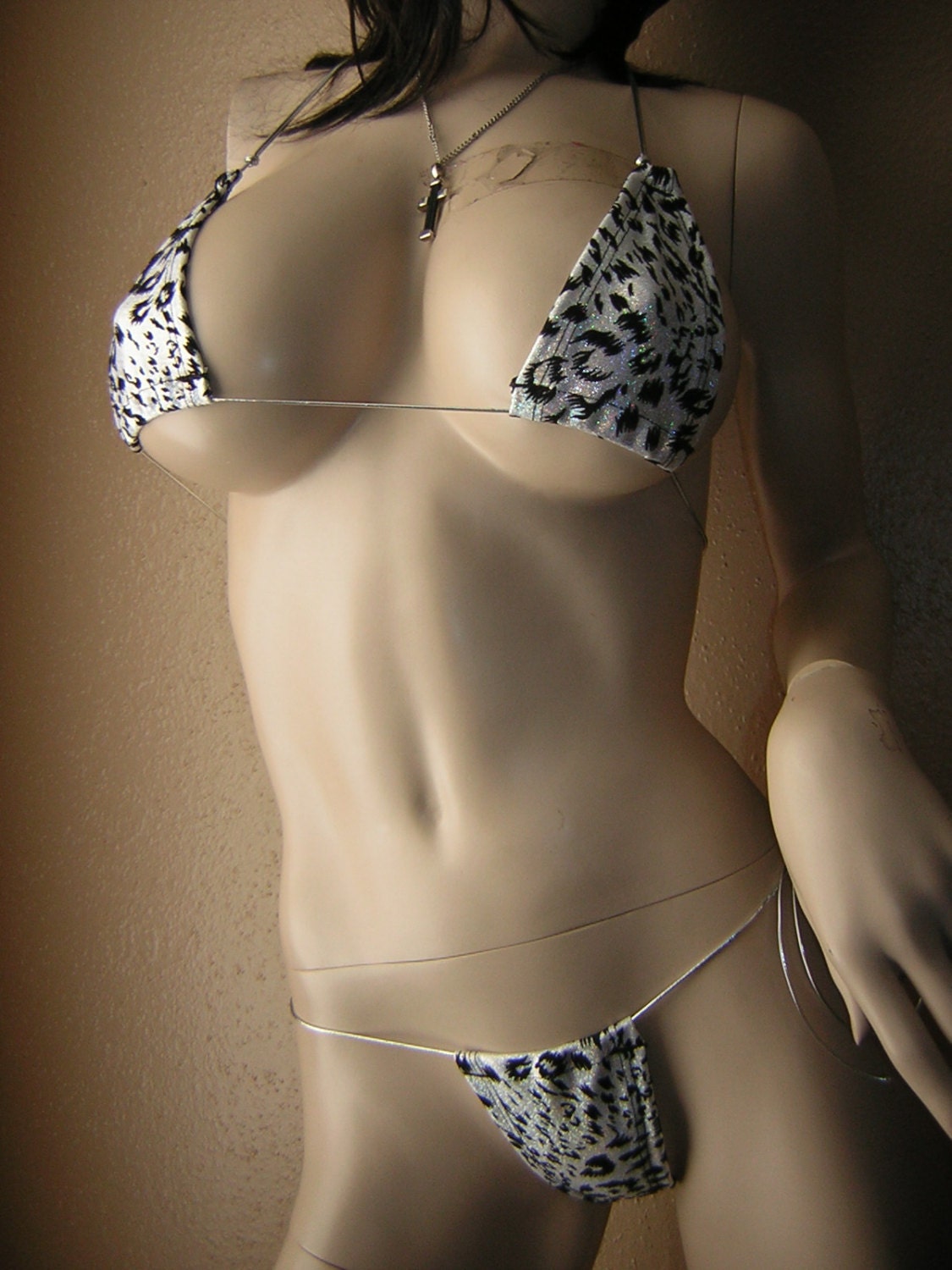
In 1964, Rudi Gernreich, an Austrian fashion designer, designed the original monokini in the US. Monokini Ī monokini, more commonly referred to as a topless swimsuit and sometimes referred to as a unikini, is a women's one-piece swimsuit equivalent to the lower half of a bikini. Bikini is the most widely worn style among women worldwide.
#Sling bikini full#
The rear coverage of the bikini is not as full as with the brief. In the string bikini, it disappears altogether to leave the waistband as a "string". Bikinis are also worn at the hips, but the fabric at the sides is narrower. String bikinis are one of the most popular variations of bikinis. The presentation was covered by local television stations and the New Orleans Times-Picayune newspaper and was sent out via the wire news services of the Associated Press and United Press International. Models recruited by talent agent Peter Dasigner presented it by removing fur coats by Alberto Lemon on stage. Inspired by a picture of a Rio de Janeiro fashion model in an issue of Women's Wear Daily, they had local fashion designer Lapin create a string bikini for the event. The first formal presentation of string bikini was done by Glen Tortorich, a public relations agent, and his wife Brandi Perret-DuJon, a fashion model, for the opening of Le Petite Centre, a shopping area in the French Quarter of New Orleans, Louisiana in 1974. It is claimed that Brazilian fashion model Rose di Primo created the first string bikini when she had to sew one with insufficient fabric available to her for a photo shoot. A string bikini bottom can have minimal to a maximum coverage of a woman's backside. String pieces can either be continuous or tied. String bikini tops are similar and are tied in place by the attached "string" pieces. It consists of two triangular shaped pieces connected at the groin but not at the sides, where a thin "string" wraps around the waist connecting the two parts. It gets its name from the string characteristics of its design. Variants String bikini Ī string bikini or stringkini is scantier and more revealing than a regular bikini. In just one major fashion show in 1985, there were two-piece suits with cropped tank tops instead of the usual skimpy bandeaux, suits that are bikinis in front and one-piece behind, suspender straps, ruffles, and daring, navel-baring cutouts. Major stylistic variations and an array of spinoff styles include string bikini, monokini or numokini (single, top part missing), tankini ( tank top, bikini bottom), camikini ( camisole top and bikini bottom), hikini or hipkini, thong, slingshot or sling bikini (actually a one-piece swimsuit), minimini, teardrop, seekini (transparent bikini), microkini and granny bikini (bikini top and boy shorts bottom). The " -kini family" (as dubbed by author William Safire ), including the " -ini sisters" (as dubbed by designer Anne Cole ) has grown to include a large number of subsequent variations, often with a hilarious lexicon. These new coinages falsely presumed that the back-formation was purposeful. Later swimsuit designs like the tankini and trikini were also named based on the erroneous assumption that the "bi-" in bikini denotes a two-piece swimsuit. These derivations of the word bikini were created through inappropriate analogy with words like bilingual, bifocal and bilateral, which contain the Latin prefix " bi-" (meaning "two" in Latin), the word bikini was first back-derived as consisting of two parts, by Rudi Gernreich when he designed the monokini in 1964.


A topless swimsuit may still be considered a bikini, although naturally it is no longer a two-piece swimsuit.

The amount of coverage can vary widely, from a string bikini with very little coverage to a full design with maximum coverage. Modern bikini fashions today are characterized by a simple, brief design: two triangles of fabric that form a bra and cover the woman's breasts and two triangles of fabric on the bottom forming a panty cut below the navel that cover the groin in front and the buttocks in back. While the name bikini was applied to the skimpy fashion that first revealed the wearer's navel, the fashion industry considers any two-piece swimsuit a bikini.


 0 kommentar(er)
0 kommentar(er)
